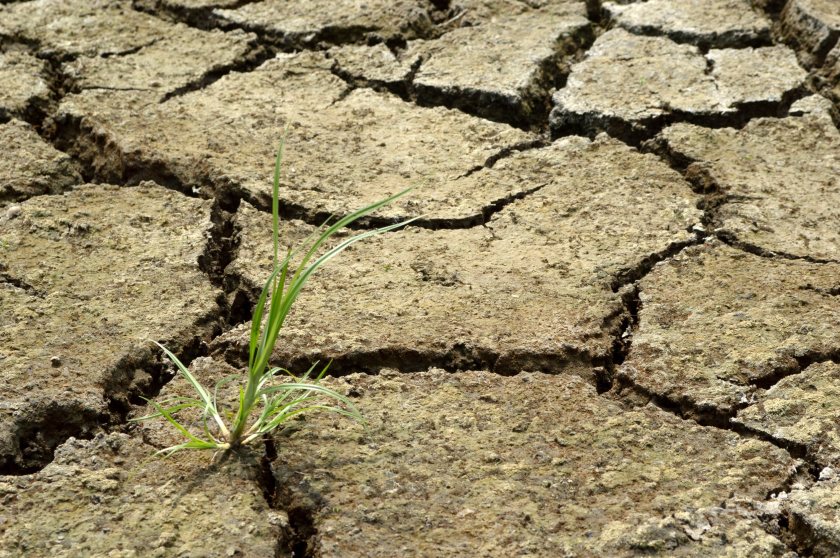
Further action has been outlined to mitigate the impacts of drought over the winter period as water pressure on agriculture 'remains high'.
Participants at the latest National Drought Group (NDG) meeting on Wednesday (28 September) set out further action as nearly half of reservoirs remain 'exceptionally low'.
Senior decision makers from the Environment Agency, government and water firms discussed the situation, which – despite recent rainfall – sees most areas across England still in drought conditions.
Although essential supplies of water remain safe, and many areas of England have experienced rainfall in recent weeks, reservoirs continue to be at lower levels than usual.
The NDG said September rainfall has had a 'limited positive impact' on water levels, after six months of below average rainfall.
Current September rainfall totals ranged from 47% of the long-term average (LTA) in north-west England to 89% of the LTA in south-east England.
The group added that very dry soils meant that rainfall would take longer to replenish groundwater and reservoir water levels.
As a result, most of England remains in drought, with 11 of the Environment Agency’s 14 areas in drought.
The remaining areas classed as being in ‘prolonged dry weather’ include Greater Manchester, Merseyside and Cheshire; the North East; and most recently Cumbria and Lancashire, which moved to prolonged dry weather status last week.
Without average rainfall over autumn and winter, the NDG expects that the drought will continue into 2023.
The group discussed how the tools within the pre-agreed water company drought plans have had a positive effect on demand so far, but the Environment Agency expects water companies to continue to take all the necessary actions to mitigate the impact of the drought by implementing their drought plans.
This includes applying for drought permits and drought orders where required to increase their water supplies.
South West Water, Yorkshire Water, South East Water and Thames Water have applied for drought permits to manage the abstraction of water from reservoirs.
The Environment Agency has also recently applied to Defra for two drought orders to protect the water environment of the Black Moss and Elslack Reservoirs.
The NDG members agreed to take a proactive approach to implementing drought plan interventions and other, additional schemes, over the winter period.
They will also review the projections for autumn and winter and continue scenario planning into next year, as well as continue working across sectors to manage the impacts on water supplies, the environment and agriculture.
David Dangerfield, chair of the NDG said: "Water pressures on agriculture, wildlife and the environment remain high as we head into the autumn and winter, which is why we must continue to manage water wisely.
“For this year - and indeed the coming decade - significant action must be taken if we are to mitigate the impacts of climate change on our water security.
“The past summer has been a clear reminder of the need to effectively prepare for weather extremes and how we make the very best use of our water resources.
"Our National Framework for Water Resources sets out clearly what we are doing in the face of a new normal for water and we are determined to continue driving that forward.”
The NDG will hold a further meeting on 14 October when the Water Supply sub-group will report back on progress made.
